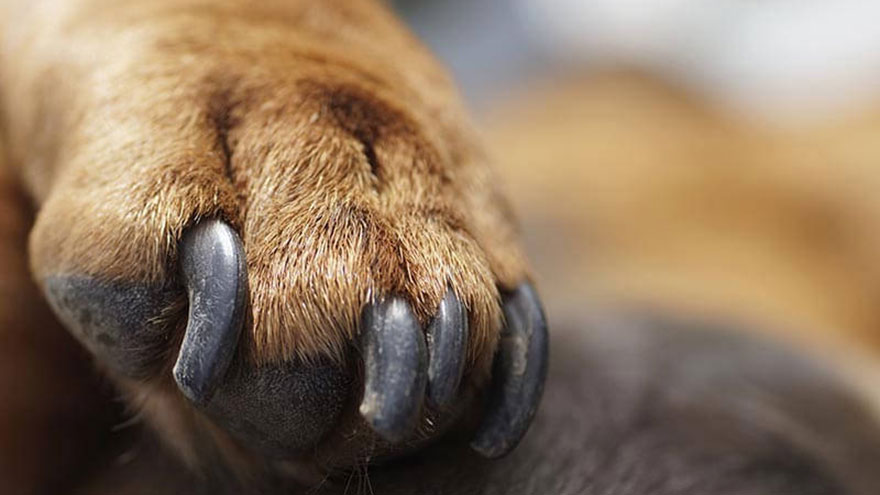Dog Nail Surgery
Dewclaw removal is a type of nail surgery in dogs that removes the first digit, or the “thumb.” This procedure is usually performed on puppies, but may be done on older dogs if the toe becomes injured. Dogs can have dewclaws on the two front feet or on all four feet, depending on the breed.

Identification
Dewclaw removal is the surgical removal of the toe that is found on the inside of the dog’s paws. This procedure is usually done on puppies that are 2 to 5 days old, but can be done on dogs of any age.
Pre-Op Tests
Dewclaw surgery is often performed to comply with breed standard. This is especially important in dogs that participate in dog shows. Another reason for this surgery is to prevent the nail from catching on carpet and damaging the nail. Injury to the nail can cause lameness in dogs if left untreated.
According to petplace.com, veterinarians do not routinely do preoperative testing on young, healthy dogs that undergo this procedure. Veterinarians may perform diagnostic tests on older dogs, to be certain the dog is healthy enough for surgery. These may include a CBC (complete blood count), a urinalysis and an EKG (electrocardiogram).
Anesthesia
Young puppies usually do not require general anesthesia for dewclaw removal. If necessary, the veterinarian may use a local anesthetic or light sedation. Older dogs will require general anesthesia for this procedure. General anesthesia will render the dog unconscious, provide pain control and relax the muscles.
Procedure
Before the veterinarian performs the surgery, the dog’s skin is scrubbed with surgical soap to be sure the area is clean and free from germs. The veterinarian removes the dewclaw with surgical scissors, snipping the skin, nail and bone. Sutures (stitches) are put in, which will be removed within five to seven days. Some veterinarians use surgical adhesive instead of sutures. Puppies require no bandaging, but older dogs may have a bandage put in place for a few days following the surgery.
Post-Operative Care
There is a slight risk of bleeding with dewclaw removal surgery in dogs. Post-operative care involves inspecting the bandage or incision on a regular basis for redness, swelling, pain or discharge. It is important to contact your veterinarian immediately if your dog experiences any of these symptoms because this may be a sign of a wound infection.
Considerations
Dewclaw removal is generally safe and carries a low risk of side effects. Dogs and puppies that are healthy usually recover from this procedure quickly. Older dogs may need to stay at the veterinarian clinic for two to three hours following surgery, while puppies are typically discharged immediately following surgery.
You Might Also Like :: How to Stop Vomiting & Diarrhea

